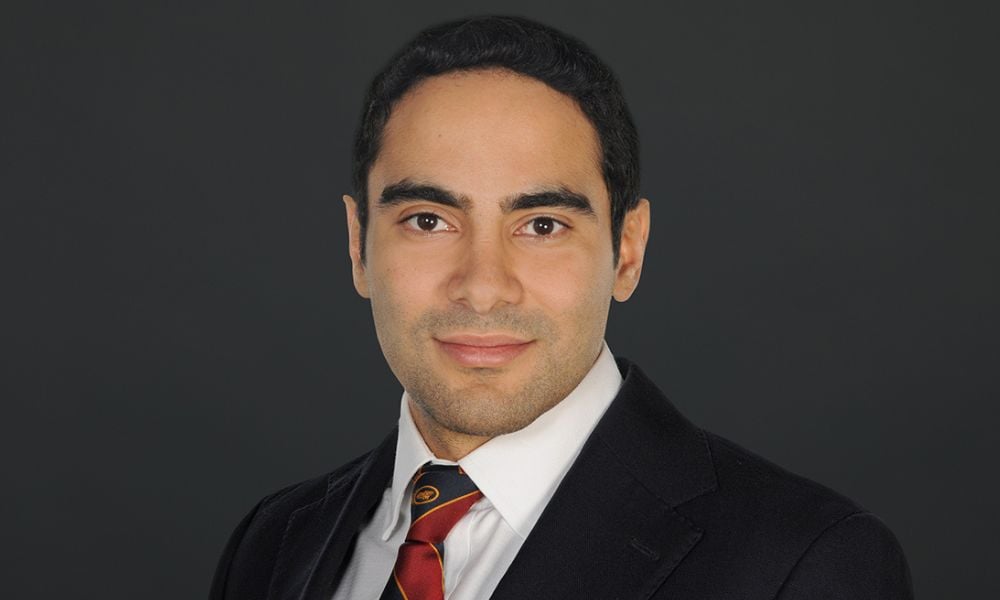After a middling half-decade, the asset class could once again prove appealing for investors

While the fixed income space has generally been a bad place to be this year, some slices of local currency debt offered by emerging markets are starting to look relatively attractive, according to one global fixed income expert.
“The differentials in policy between emerging markets and advanced economies are pretty high, because emerging market central banks have hiked rates so aggressively,” says Carlos de Sousa, EM Debt Strategist and portfolio manager at Vontobel Asset Management. “At the moment, the differential between policy rates in emerging markets and the developed world is 4.7 percentage points, which is the highest differential that we have seen since early 2017.”
According to de Sousa, 2016 and 2017 were good years for EM local currency debt as an asset class because the carry return that investors got from investing in it was very high. As de Sousa explained, investors were able to borrow more cheaply in some developed countries and invest in the short end of the curve in emerging markets, creating a positive return.
Things reversed in 2018, which de Sousa says was a bad year for EM local currency fixed income. It got even worse for carry trade in 2020 and 2021, when emerging market economies acted very aggressively to stimulate their economies and the U.S. dollar gathered strength. At that time, the differential between rates in developing countries and advanced economies reached an all-time low of 2.2% in March 2021.
“When EM local currency debt becomes more attractive, it tends to support the currencies of emerging markets,” he says. “Year to date, even though the dollar has strengthened, it’s gained much more against other developed country currencies than it has against emerging market currencies.”
Even prior to that, EM currencies were already quite weakened after four or five years of bad returns, which limited the degree to which the greenback could gain against them. Complicating matters, de Sousa adds, is the fact that the carry, or the cost to short emerging market currencies, has gotten very high.
In the first seven months of 2022, he says the dollar strengthened 10.7% against the major currencies of the world, which except for China are all developed country currencies. But against emerging market currencies, the dollar strengthened by 6.4%.
“Fixed income has been horrible this year for everyone, across all sub-asset classes,” de Sousa says. “But from a total return perspective, EM local currency debt has actually been quite resilient on a relative basis. Up to the end of July, EM local currency debt had fallen by 14.3%, much less compared that to other fixed income asset classes.”
As of August 30, he says emerging market local currency debt had fallen by 13.9%, while developed market sovereign bonds in developed countries fell by 15.4%. Typically, EM local currency fixed income has tended to fall the most in a risk-off environment such as what’s come to pass this year.
Looking on a country-by-country basis, de Sousa says he and his team favour Brazil and Colombia’s local currency debt most, as they’ve been particularly aggressive in their rate-hiking schemes. Brazil is very much ahead of the rate-hiking cycle compared to other countries, and Colombia is closer to the end than other emerging market countries, he says.
“The yields that you get in those countries are double digit, with currencies that are relatively cheap. So it's quite attractive,” de Sousa says. “We also like South Africa for its particularly cheap currency and the benefit it’s seen from high global commodity prices, and Indonesia because it’s been very resilient and has offered positive real rates for several years in a row.
“Hungary is facing high inflation, but the currency is quite cheap against the euro, and the yields they’re offering are exceptionally high compared to what they’ve offered historically,” he adds. “That’s likely to get even higher as their central bank wakes up to its high inflation and starts to hike in a bit more meaningful way than in the past.”



